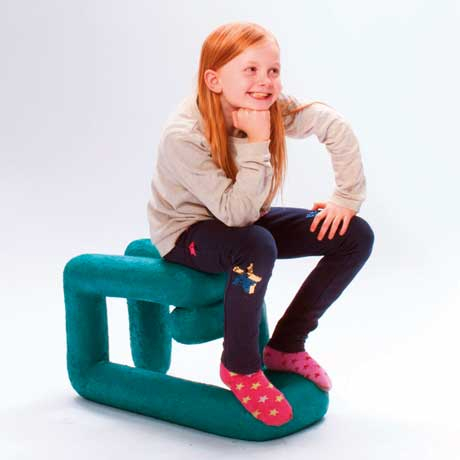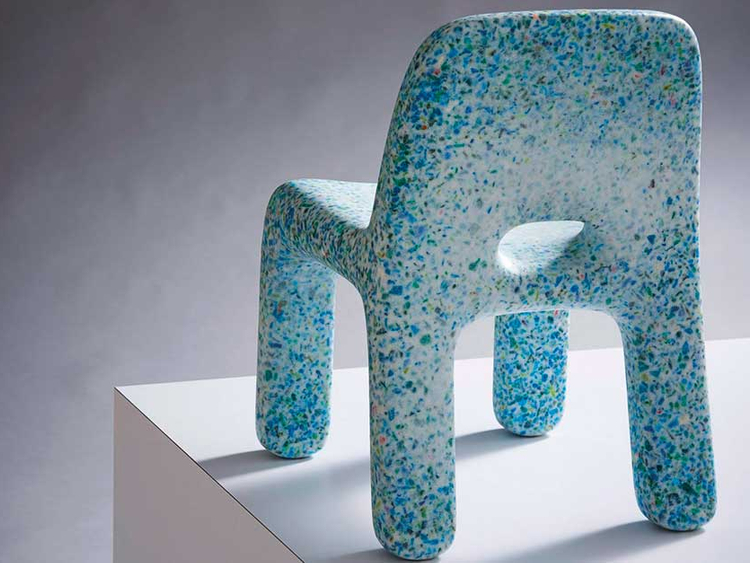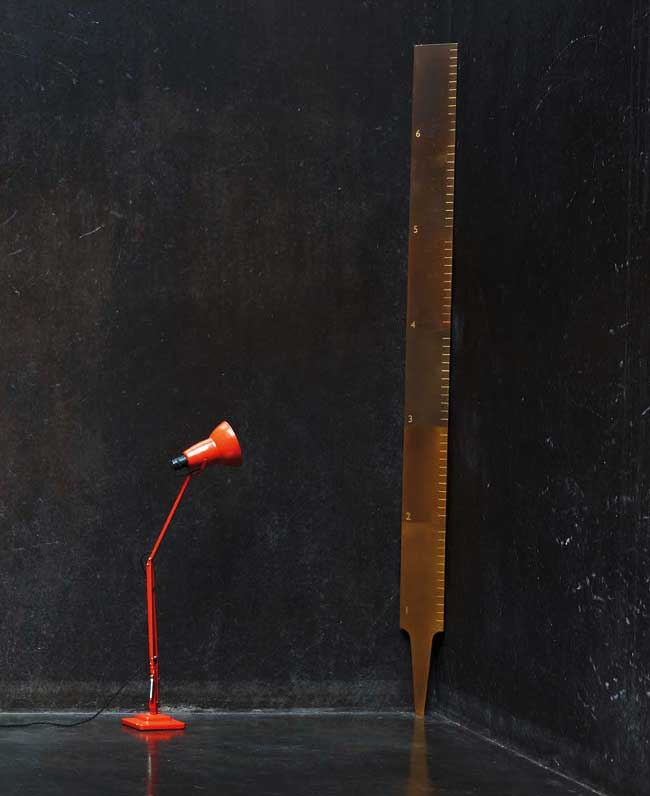‘Catch them young’. This definitely seems to be the case with design industry who has suddenly woken up to an exciting new market — children. Certainly, interior options for children is nothing new. But a focused approach to this latent economy that is design for the young makes perfect sense.
For starters, brands open themselves to a relatively untapped consumer base, giving them an appreciation for good design from early on and creative consumers of the future. Second, it uplifts the overall quality benchmarks in the kid’s interiors segment. Last, but most importantly, because it is children, designers are forced to think differently; the result is an exciting new world of design.
STUDY HARD
Earlier this year, students from the Royal Danish Academy of Fine Arts debuted a collection of furniture for school classrooms. Intended to help children stay focused during lessons, nine students designed furniture for schools in Denmark, addressing the need for children to be present in class for longer hours.
From stools that utilise moveable joints to keep the body active while in the seated position and an easily movable foam stool that allows endless permutations of classroom set ups, the designers made sure their proposals engaged with the students, allowing the young minds to express themselves, while remaining true to their function — learning. Even the humble writing desk was reimagined in an alterable wood and steel frame to promote an attentive state of being through posture correction.
DO GOOD
A range of colourful furniture for kids made from recyclable plastic aims to raise their awareness for sustainability. To introduce children to the concept of a circular economy, the Antwerp-based brand Ecobirdy invested in a detailed two-year research into how to sustainably recycle plastic toys. Ecobirdy’s founders, designers Joris Vanbriel and Vanessa Yuan found that plastic toys use plastic more intensively than other consumer goods.
By giving old plastic a new life, the collection seeks to free the ecosystem from its impact. Using innovative technologies designed specifically for the reuse of plastic, there is no need to for additional pigments or resin, making these products 100% child friendly. Each piece in the collection comes with a limited-edition storybook designed to educate children on how to minimise resource usage and waste by using sustainable materials to create long-lasting products that can be recycled — and inspire them to contribute to a more sustainable future.
BELIEVE IN FAIRYTALES
To guide them on their latest collection, Jotun, the region’s leading paint manufacturer, turned to the very consumer base it was creating for — children. Sky Rainbow, The Three Little Colours, and Dinosaurs & Lollipops are the new themes that the Jotun R&D team developed by interpreting and translating children’s stories into a fresh and delightful collection to decorate their rooms.
“At Jotun, we have always believed a colourful room can be so inspiring to a child. During this creative process, we discovered how children become the best storytellers once you fuel their imagination,” says Rana Khadra, Colour and Creative Manager, Jotun, MENA. It might seem chaotic from an adult perspective, but through the eyes of children, sky blues, lilacs, cotton greens and wild reds happily co-exist with teals and pinks.
GROW UP
A growing breed of designers are tackling children centric design from a grown-ups point of view. This is good news for the discerning homemakers who will no longer need to hide their kid’s high chair, or toys chest before answering the doorbell. The tone set by Marcel Wanders’ stylish collection of fun storage units and furniture for Cybex has come a long way.
London-based designer Ali Robinson’s handcrafted 17-piece furniture collection as one piece that will save many a doorframes and walls from unsightly pen marks. The Constantine Measuring Totem is as elegant a design piece as it is a way to record the height of growing children. The 2250cm long totem comes with a bespoke etching stylus for marking heights and recording a child¹s name and age and a discreet wall bracket to secure away from the skirting board.











